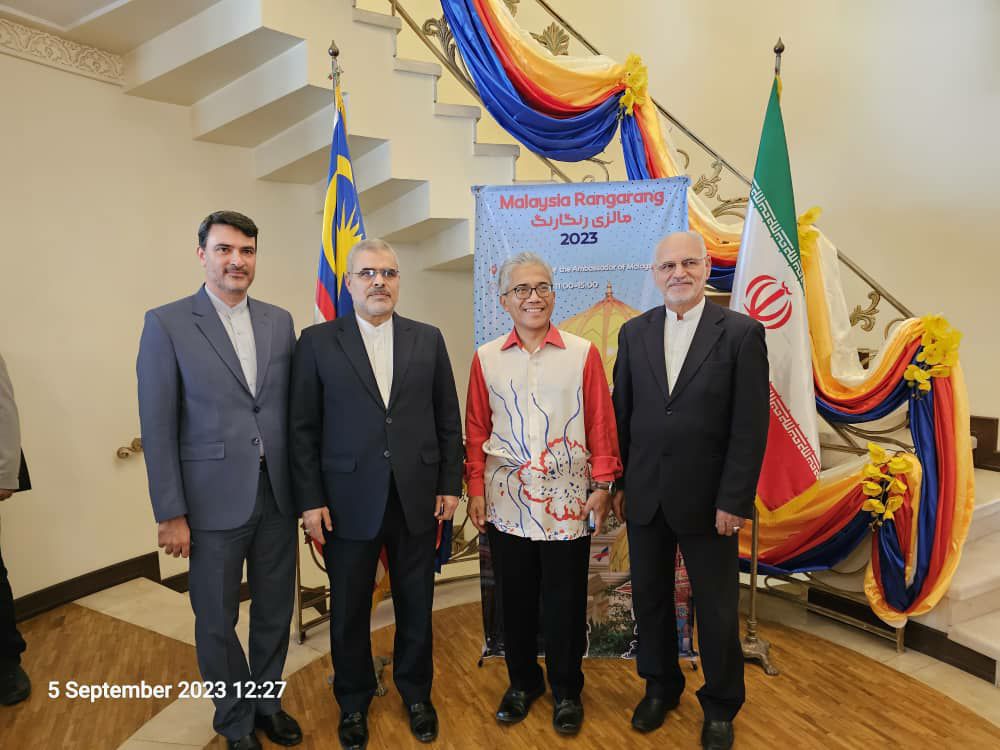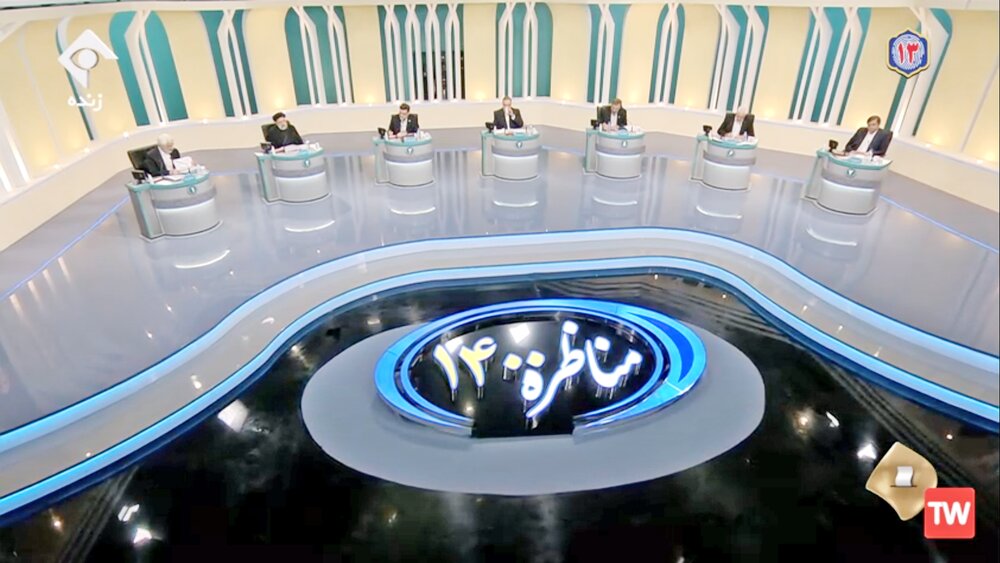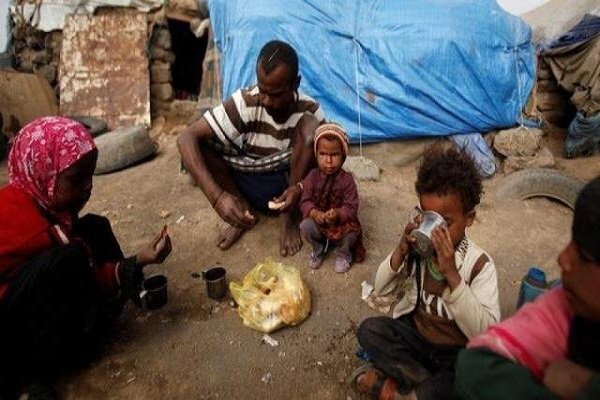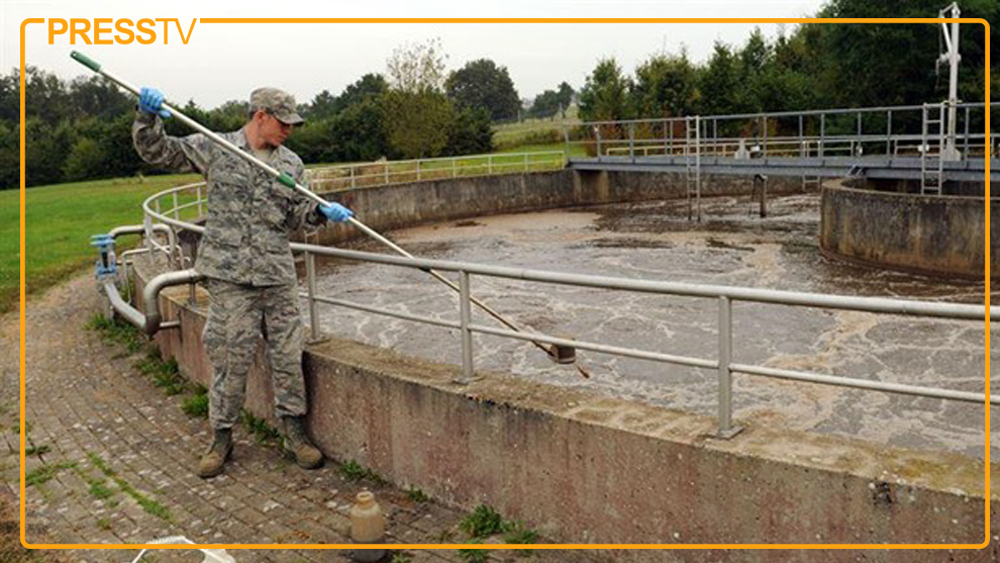Iran’s Purchasing Managers’ Index for the Overall Economy Stands at 45.5
TEHRAN (Iran News) The report indicates that production and service output in September continued to shrink due to limited financial resources, power outages, and weak domestic demand.
The new orders index fell for the 19th consecutive month, though the pace of decline was milder than in August. It remains near its lowest level in recent years, mainly due to reduced consumer purchasing power amid high inflation and rising living costs. Uncertainty surrounding the possible activation of the JCPOA “snapback” mechanism has further weakened demand confidence and discouraged new purchases.
In foreign trade, exports of goods and services — a key component of the new orders index — also declined. Despite the depreciation of the rial, which temporarily made Iranian products more competitive, ongoing challenges with foreign currency commitments, regional tensions, and export restrictions have constrained non-oil exports, particularly to neighboring countries. Businesses are concerned that renewed international measures could raise export risks, reduce foreign exchange earnings, and undermine competitiveness.
Inventories of raw materials fell for the 13th consecutive month, reaching their lowest level in 31 months (since March 2023). Persistent delays in foreign currency allocation and customs clearance of imported inputs have severely disrupted supply chains. Meanwhile, rising raw material prices, combined with tight corporate finances, have added further pressure. The cost of inputs reached its highest level in seven months, while output prices recorded their highest increase in three months, reflecting continued inflationary pressures in production.
Employment levels also fell for the fourth consecutive month, marking the fifth decline since the start of the year. The contraction is attributed to stagflationary conditions — weak demand and rising costs — that have forced firms to freeze hiring or lay off workers. The burden of high living expenses has reduced worker motivation and caused shortages of skilled labor, leading to a dual labor market: fewer job opportunities but growing demand for specialized workers. These layoffs are also straining the unemployment insurance fund under Iran’s Social Security Organization.
Finished goods inventories dropped to a four-month low, as firms drew on existing stockpiles to meet limited customer orders amid financing and production constraints.
Expectations for future economic activity fell for the third consecutive month, hitting the lowest point in 72 survey rounds. Concerns over the potential reactivation of the snapback mechanism and its economic consequences have sharply reduced business confidence and optimism.
The industrial PMI, which more precisely tracks manufacturing and factory activity, offered a slightly brighter outlook. The adjusted index for September stood at 50.6, signaling the end of a seven-month contraction and the first return to neutral territory. This suggests that while production remains fragile, the downward trend has temporarily halted.
The industrial output index rose to 53.5, the highest in 11 months, driven by improved access to energy and raw materials in certain sectors.
However, new orders remained below 50 for the 15th consecutive month, though the decline was the smallest in eight months. Expectations of future inflation slightly boosted short-term demand, but manufacturers continue to foresee limited domestic consumption due to high inflation, reduced purchasing power, and economic instability.
Employment in the industrial sector declined for the 11th consecutive month, with a sharper drop compared to August. Falling production and orders, along with liquidity shortages, have led firms to cut output and halt recruitment plans. A shortage of skilled labor persists, further complicating recovery efforts. The ongoing decline in formal employment also threatens Social Security revenues and heightens unemployment risks.
Raw material inventories fell for the 19th consecutive month, with a sharper contraction than in August. Key factors include exchange rate volatility, import delays, high customs costs, and liquidity shortages. Many firms have relied on existing stockpiles to fulfill orders but are unable to replenish supplies due to low demand and financial constraints.
Despite a modest rebound in production, finished goods inventories dropped to an eight-month low, as firms used up existing stock to meet limited demand amid uncertainty over future conditions.
Rising input costs and production expenses (including taxes) forced producers to raise prices, resulting in the highest increase in output prices in five months. Official data confirm this trend, showing that monthly inflation in September increased by 3.8 percentage points from the previous month — significantly higher than the long-term average of around 1.5–1.7 points.
Meanwhile, sales volumes rose for the first time in seven months, supported by a modest increase in domestic and export demand across select industries.
- source : IRAN NEWS ECONOMIC DESK






























